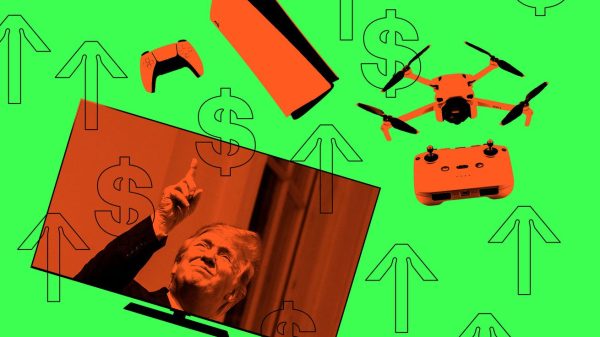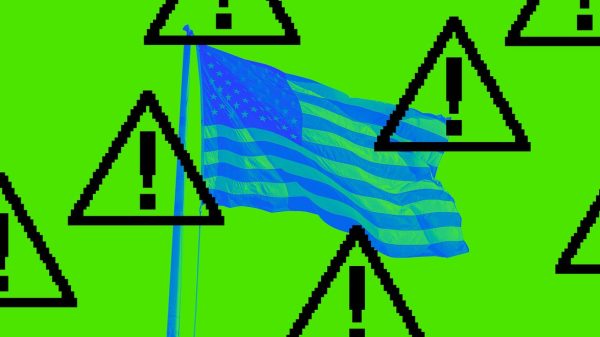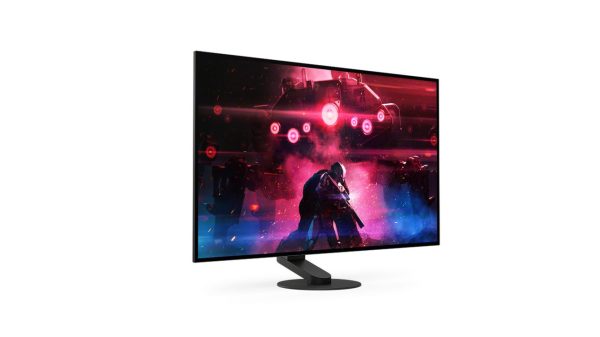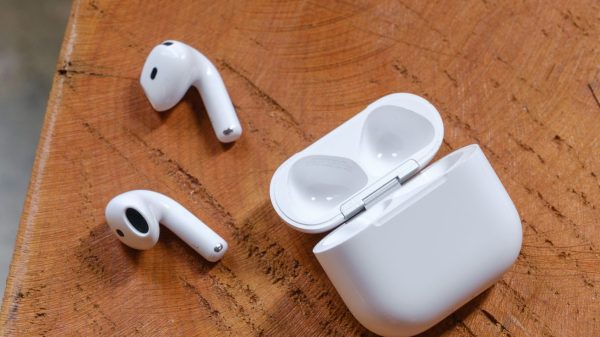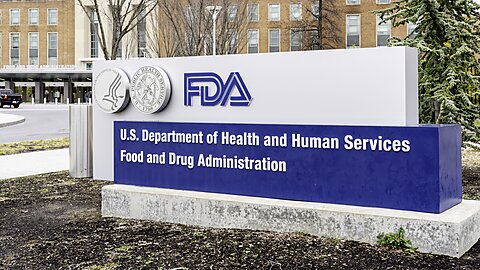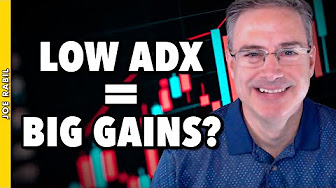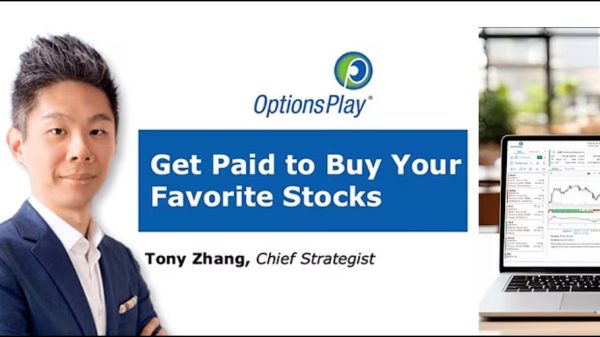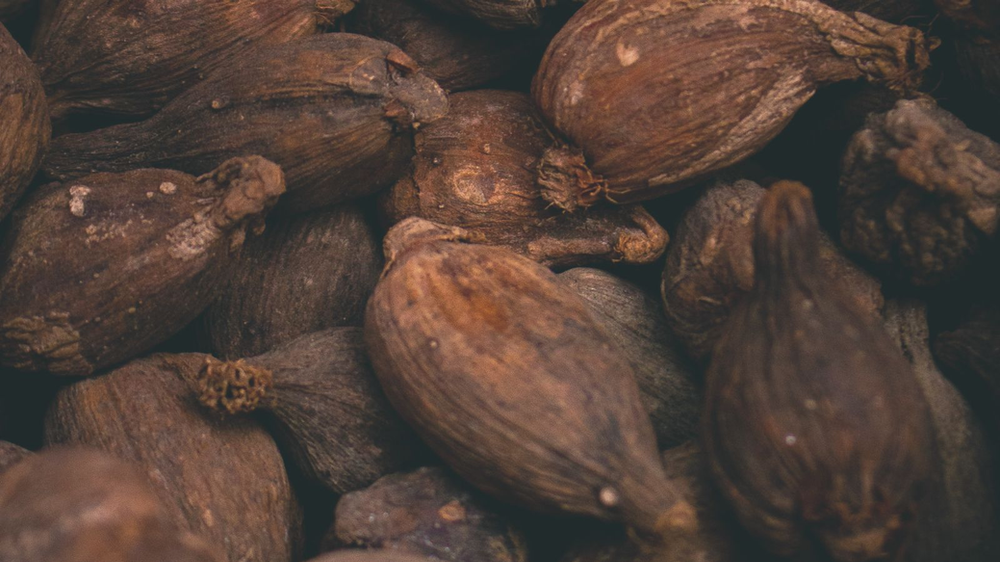About 5 million tonnes of cocoa is produced worldwide every year and global demand is set to increase. But what is the cocoa futures contract and how can you trade it?
Cocoa futures are traded by producers, processors, chocolate manufacturers, retailers and traders looking to hedge or speculate on the price of cocoa. Want to know a bit more about cocoa trading and the cocoa futures contract? Read on…
What is the cocoa futures contract?
The cocoa futures contract allows buyers and sellers to agree on a price for cocoa today for delivery at a future date. Its price is an important benchmark used by the global cocoa market.
The contracts sizes are set at 10 tonnes. Cocoa futures contracts were traditionally quoted in British pounds (GBP) and US dollars (USD), but since 2015 they have also been quoted in ,Euros (EUR).
Who trades cocoa futures?
There are a number of cocoa futures market participants. Cocoa producers trade to hedge against the risk of future falling cocoa prices, while cocoa processors, chocolate manufacturers and retailers use cocoa futures to lock in the price of cocoa they need to purchase.
Cocoa traders use cocoa futures as they do any other financial instrument, to speculate on price movements in the cocoa market in order to make money.
The history of cocoa trading
It is believed that cocoa was used as a currency by the indigenous population of Central and South America for centuries before the arrival of Europeans, but the first recorded cocoa trade took place in the 1500s.
Cocoa production expanded to West Africa in the 1800s, and the global cocoa industry was born. Both production and consumption increased and cocoa futures trading began in the early 1900s.
Cocoa futures trading started in London, where the first cocoa futures contract was introduced in 1920. Then, in 1925, The New York Board of Trade (now known as the Intercontinental Exchange) introduced a cocoa futures contract on the New York Cocoa Exchange, which later became part of the Coffee, Cocoa, and Sugar Exchange.
The 1970s saw a famous spike in cocoa prices when a group of traders led by Nicolas Darvas bought up huge quantities of cocoa, causing a global shortage. The traders became known as ‘The Chocolatiers’ and while prices rose in the short term, the trade eventually collapsed.
Prices again spiked in 2010 when a ,British hedge fund manager, Anthony Ward, bought up over 200,000 tonnes of cocoa (estimated to be about 7% of the global supply at the time). This trade was also given an amusing nickname, in this case the ‘Chocfinger trade’.
Trading Cocoa futures
Today, cocoa futures are traded on several exchanges around the world, including the Intercontinental Exchange (ICE), the Chicago Mercantile Exchange (CME), and the Tokyo Commodity Exchange (TOCOM).
Although cocoa futures were initially created to help cocoa producers and processors manage their price risk, now more and more traders are using the cocoa futures contract as an instrument to diversify their portfolios and risk profiles.
Trading cocoa futures is one way for investors and traders to speculate on the price of cocoa, and there are a range of ways to do this. Out of the various instruments available, Contracts for Difference (CFDs) is a popular choice. These have the advantage of enabling trading on margin, which allows increased exposure with lower capital.


